Description
La fabricación de un servilletero peruano de calabaza curada es una técnica artesanal que implica varios pasos cuidadosos. Esta pieza recrea escenas de la vida cotidiana de los campesinos en los Andes y su interacción, fusión y relación con la naturaleza y sus animales domésticos.
La selección y preparación de la calabaza con una forma adecuada para el servilletero es importante. Con una sierra pequeña o un cuchillo, se corta de forma precisa, vaciando el interior y retirando con cuidado todas las semillas y la pulpa. Las partes de la calabaza quedan expuestas al sol durante varios días, endureciéndose, cuando estén completamente secas, estarán listas para el tallado.
Los artistas dibujan el diseño en la superficie con un lápiz, luego utilizan buriles y gubias para tallar el diseño. Los patrones geométricos, escenas de la vida cotidiana o motivos naturales son muy tradicionales. Gradual y cuidadosamente se talla para evitar dañar la calabaza. Con una lija fina, se lija la superficie tallada para suavizarla y eliminar cualquier aspereza.
Los bordes y contornos de la abertura son perforados con una aguja gruesa, haciendo una fila de orificios por donde después pasarán los hilos decorativos en los terminales. Se tiñe o pinta la calabaza para darle color, utilizando tintes naturales. Finalmente, se aplica una capa de barniz para proteger la superficie y darle un acabado brillante, dejándola secar completamente.
Así se obtiene un hermoso objeto que pasará de generación en generación.
The creation of a Peruvian cured gourd napkin holder is an artisanal technique that involves several careful steps. This piece recreates scenes of the daily life of Andean farmers and their interaction, fusion, and relationship with nature and their domestic animals.
The selection and preparation of a gourd with a suitable shape for the napkin holder is important. Using a small saw or knife, it is cut precisely, hollowing out the interior and carefully removing all the seeds and pulp. The parts of the gourd are then exposed to the sun for several days to harden. When completely dry, they are ready for carving.
Artists draw the design on the surface with a pencil, then use burins and gouges to carve the design. Geometric patterns, scenes of daily life, or natural motifs are very traditional. The carving is done gradually and carefully to avoid damaging the gourd. A fine sandpaper is used to sand the carved surface to smooth it and remove any roughness.
The edges and contours of the opening are pierced with a thick needle, making a row of holes through which decorative threads will later pass through the ends. The gourd is dyed or painted to add color, using natural dyes. Finally, a layer of varnish is applied to protect the surface and give it a shiny finish, allowing it to dry completely.
This results in a beautiful object that will be passed down from generation to generation.
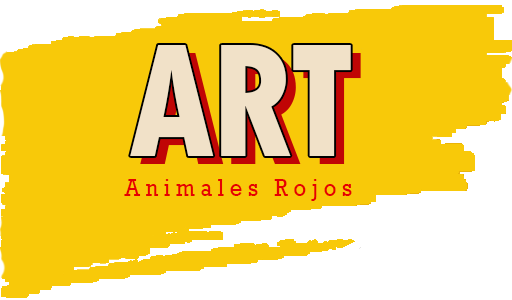








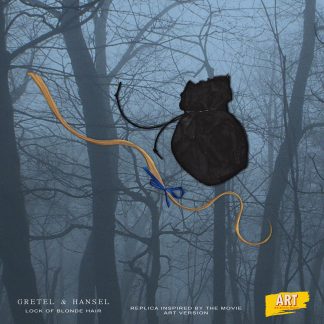
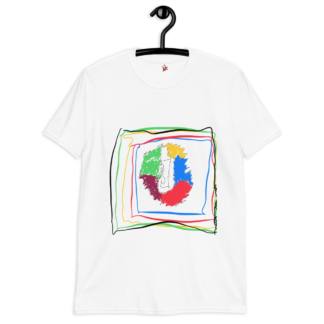
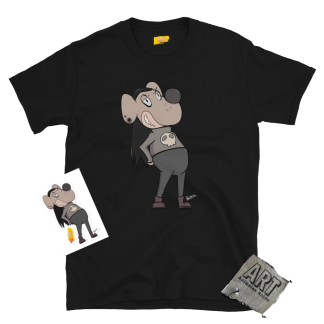
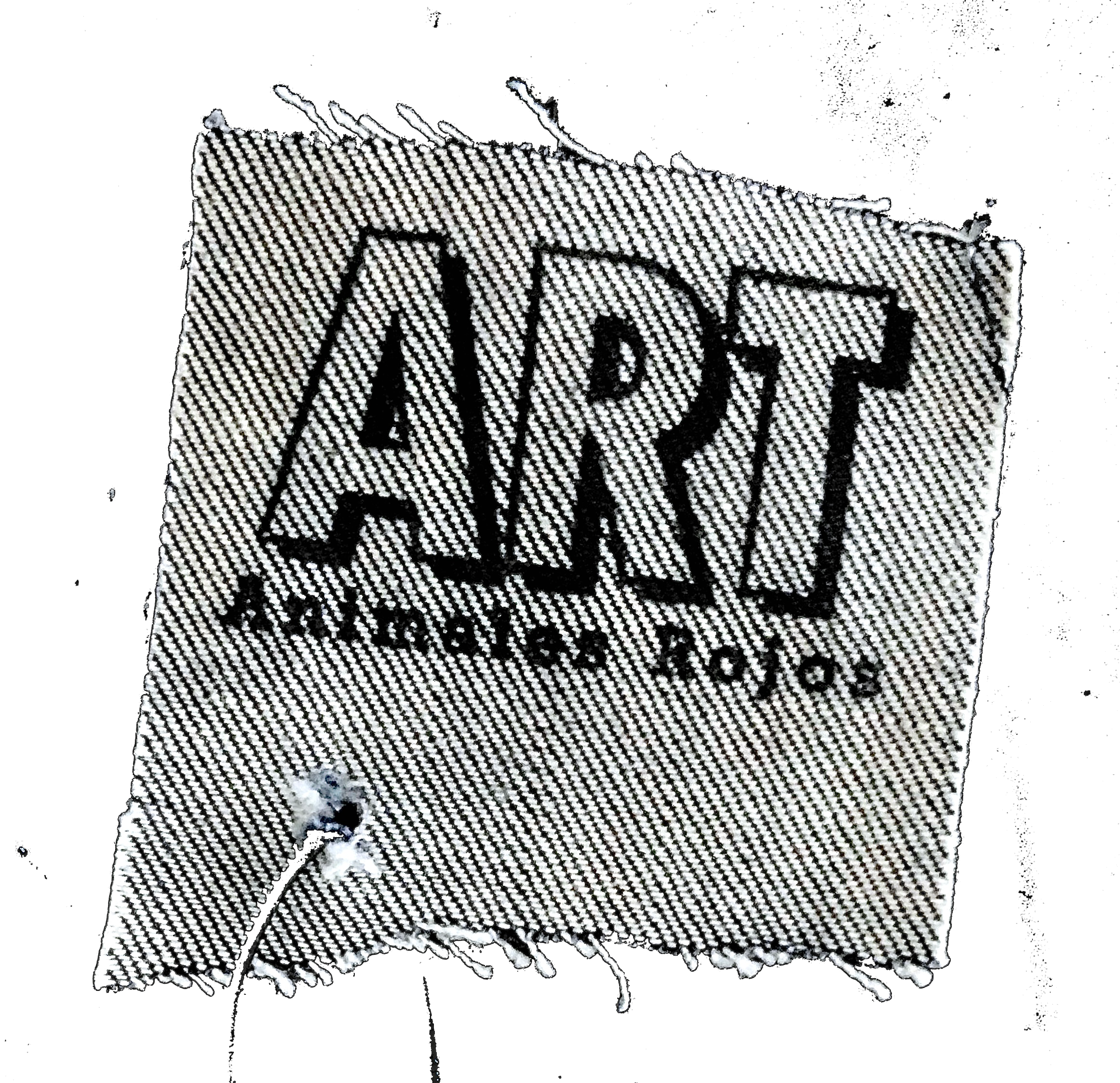
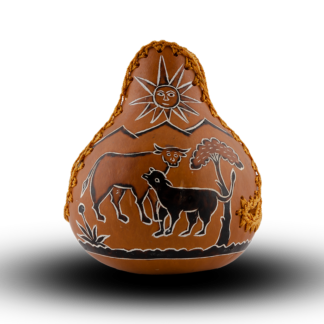
Reviews
There are no reviews yet.